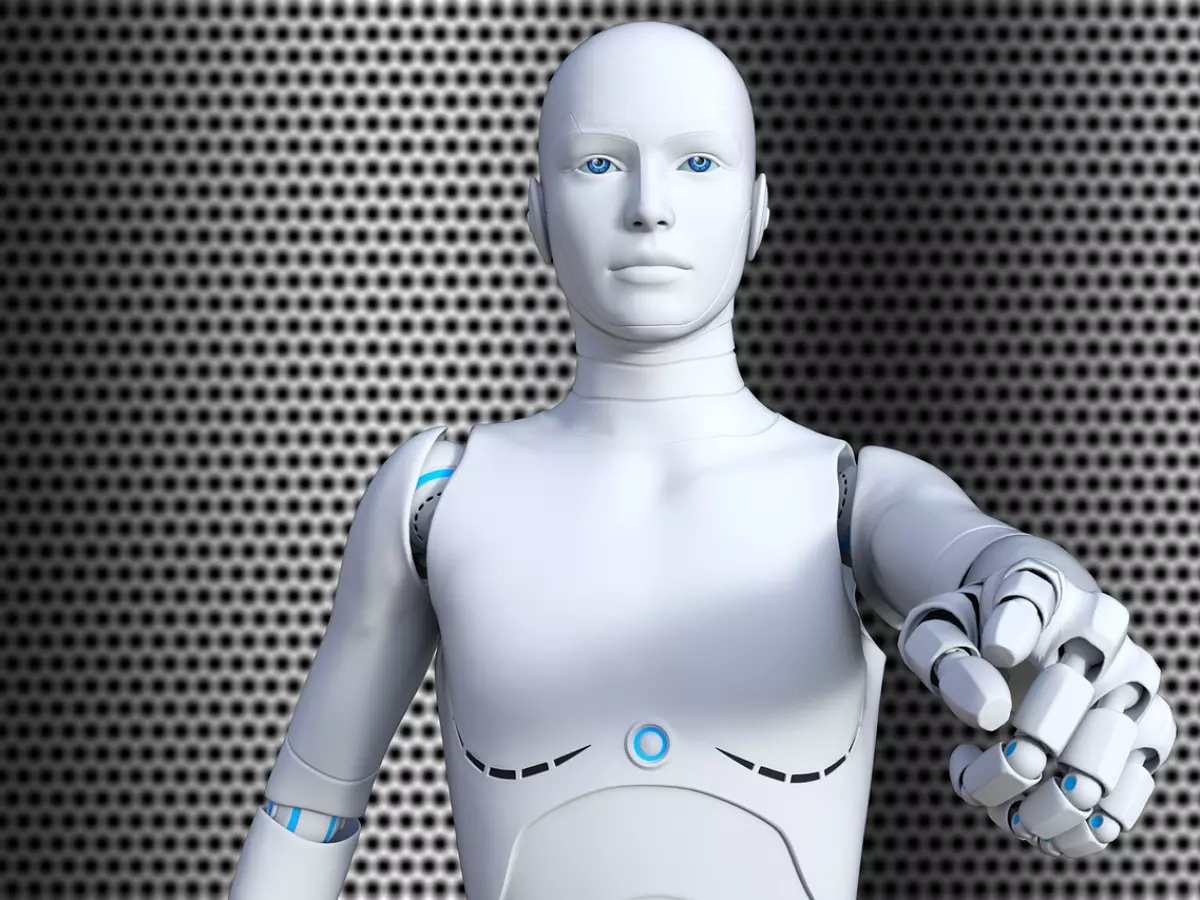Designing the Future
"The real problem is not whether machines think but whether men do." — B.F. Skinner

By Marcus Liu
Autonomous robots have been a dream for decades, but the road to making them a reality is paved with challenges. Back in the day, robots were simple machines, performing repetitive tasks in controlled environments. Think of the industrial robots of the 1960s, which were essentially glorified mechanical arms. They were powerful, but dumb. Fast forward to today, and we’re talking about robots that can navigate complex environments, make decisions, and even learn from their mistakes. But, as you might guess, designing the software that powers these autonomous systems is no walk in the park.
So, what are the biggest hurdles engineers face when designing software for autonomous robots? Let’s break it down.
1. Real-Time Decision Making
One of the most critical challenges in autonomous robot software design is real-time decision-making. Robots need to process vast amounts of data from sensors, cameras, and other inputs, and then make decisions in a fraction of a second. This is especially important in dynamic environments where conditions can change rapidly, like self-driving cars or delivery drones. The software must be able to prioritize tasks, filter out unnecessary data, and respond to the most critical inputs without delay. If it takes too long to decide, well, you’ve got a robot that’s either stuck or crashing into things. Neither is ideal.
2. Handling Uncertainty
Robots don’t live in a perfect world. They have to deal with uncertainty all the time. Whether it’s a sensor malfunction, unexpected obstacles, or even unpredictable human behavior, the software needs to be robust enough to handle these situations. This is where probabilistic algorithms come into play. These algorithms allow robots to make educated guesses about their environment and adjust their actions accordingly. But designing software that can handle uncertainty without becoming overly cautious or reckless is a fine balance that engineers are still trying to perfect.
3. Communication Between Systems
Autonomous robots are complex machines made up of multiple subsystems—sensors, actuators, control systems, and more. These subsystems need to communicate seamlessly for the robot to function properly. The software must ensure that data flows smoothly between all these components, without bottlenecks or delays. This is easier said than done. Imagine trying to get a group of people who speak different languages to work together on a project. Now, imagine they all need to finish the project in real-time. Yeah, it’s like that.
4. Energy Efficiency
Autonomous robots often rely on batteries, and energy efficiency is a massive concern. The software must be designed to optimize power usage, ensuring that the robot can perform its tasks without draining its battery too quickly. This involves smart power management, where the software decides which subsystems need more power at any given moment and which can be put into a low-power state. It’s a bit like juggling—except if you drop the ball, your robot might just shut down in the middle of a task.
5. Learning and Adaptation
One of the most exciting aspects of autonomous robots is their ability to learn and adapt. But this also presents a significant challenge. How do you design software that allows a robot to learn from its mistakes without making the same mistake over and over again? Machine learning algorithms are often used to give robots the ability to improve their performance over time. However, these algorithms can be computationally expensive and require a lot of data to work effectively. Balancing the need for real-time performance with the desire for learning and adaptation is a tricky problem that engineers are still working to solve.
As we look to the future, it’s clear that autonomous robots will play an increasingly important role in our lives. But before we get there, engineers will need to overcome these software challenges. It’s a bit like the early days of flight—there were plenty of crashes before we figured out how to keep planes in the air. But once we did, the sky was the limit.
And just like the Wright brothers, today’s robotics engineers are pushing the boundaries of what’s possible, one line of code at a time.





